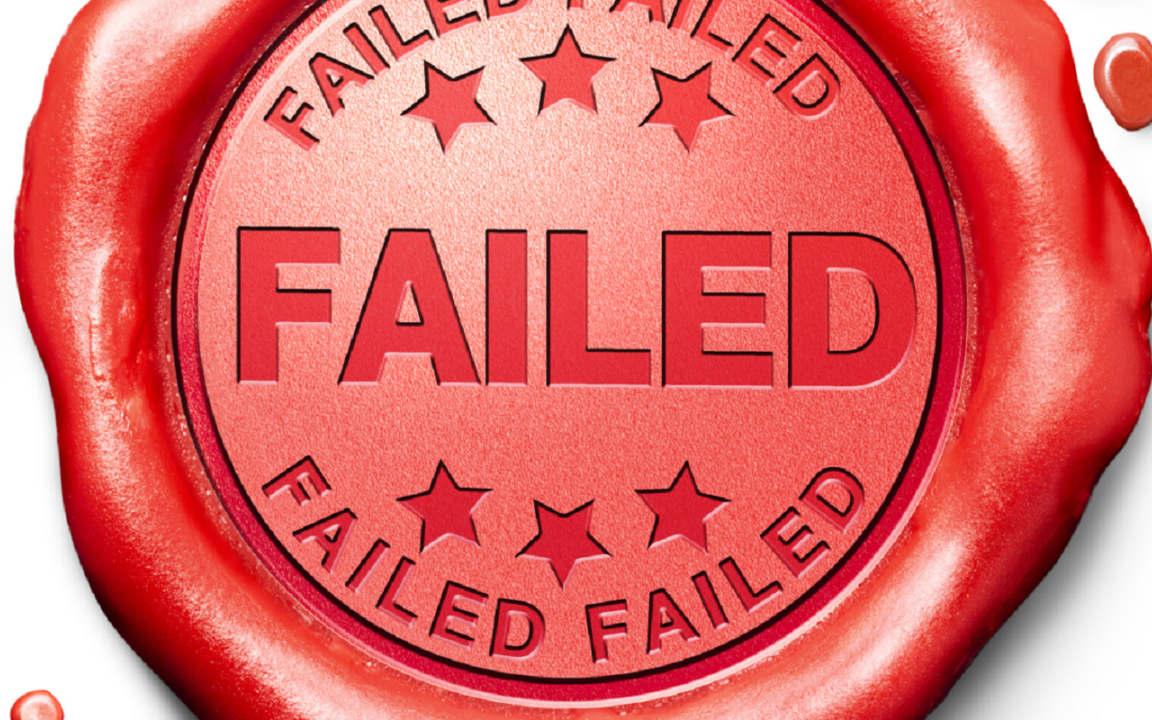Getting started with product development? We’ve got a simple four-step process to walk you through what to expect.
Don’t be fooled, it’s simple, but packs in the detail. The process is rigorous to help manufacturers understand you better so they can provide the most effective solutions to your challenges.
There are times when, if the project is large and complex, you may need to seek out more advanced design consultants. But, if the project is fairly straightforward, generally you can collaborate with your manufacturer to exchange ideas and identify possible solutions.

Step One: Discovery & Design
Your manufacturing partner becomes a member of your team to guide you to the best solution to accomplish your goals. They’ll gather operational use data to better understand your challenges and needs.
If it’s a build-out of specialized equipment, they’ll gather details, photos and dimensions of the space. All these assets are combined with photographs and videos of the existing operations to provide an initial recommendation and overview of proposed improvements.
You’re team may include designers, engineers, and merchandising specialists.

Step Two: Concept Development
Multiple product concepts will be developed for your review. If your manufacturer is more specialized, they may need to incorporate other manufacturer’s products to arrive at a comprehensive solution.
Note: Double check ahead of time with your manufacturer that they’re able to source and incorporate other manufacturer’s products into their own production.
When sharing intro product concepts, you’ll see preliminary drawings with equipment costs and budgets. You may need to reconsider material, style, or components to ensure the budget is in alignment with your project scope.
Request photo-realistic renderings and detailed item specifications to better make the case for approval should a consultant, purchasing department, or higher level of administration approval be required.
Additionally, if you’re going through a bidding process, request final design drawings suitable for your bid audience.
Once you clear the budget, the final drawing plans are made, materials sourced, and production timelines begin.

Step Three: Manufacturing & Delivery
When searching for a manufacturing partner, you’ll need to consider cost and lead time. While some products can be cheaply sourced overseas, the quality and consistency can vary, and lead times can leave a kink in the supply chain.
Surprisingly, there are comparable-if not more appealing-options available by U.S. manufacturers, which also can have a much shorter lead time.
So if you’re vetting a manufacturer, scan the globe, but don’t count out options closer to home.

Step Four: Service & Evolution
A good manufacturer will roll out a quality final product and call the job done.
However, a great partner will meet with you after the first production to routinely review product success and work to investigate usability and business impact. After field use, designs may change. Or the next generation of your design may need to adapt to new technology.
Your manufacturing partner can help you stay ahead of the curve so you’ve got a competitive advantage being first out to market.



